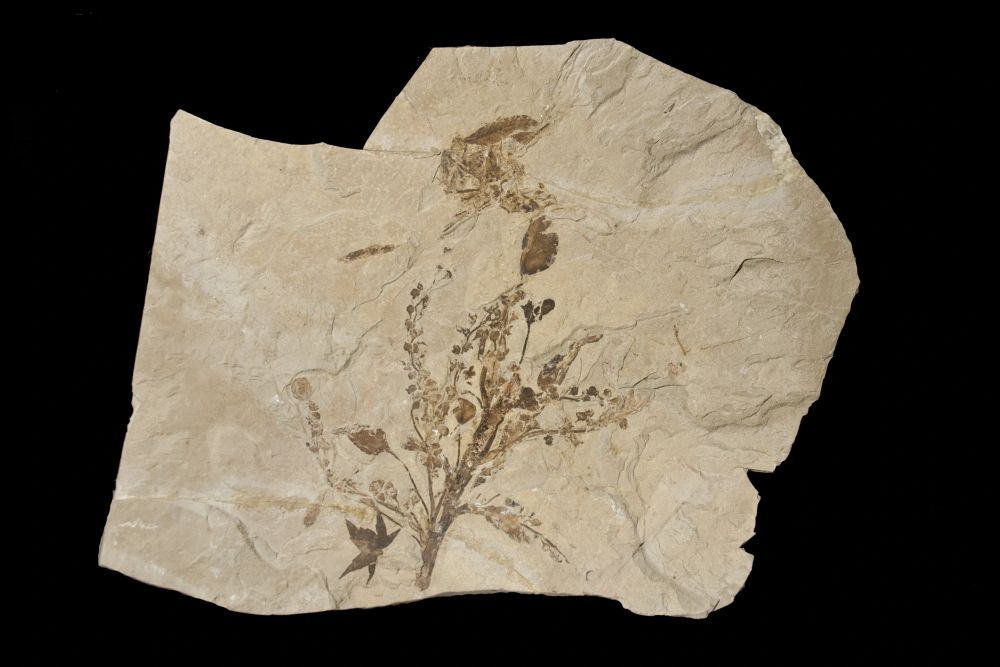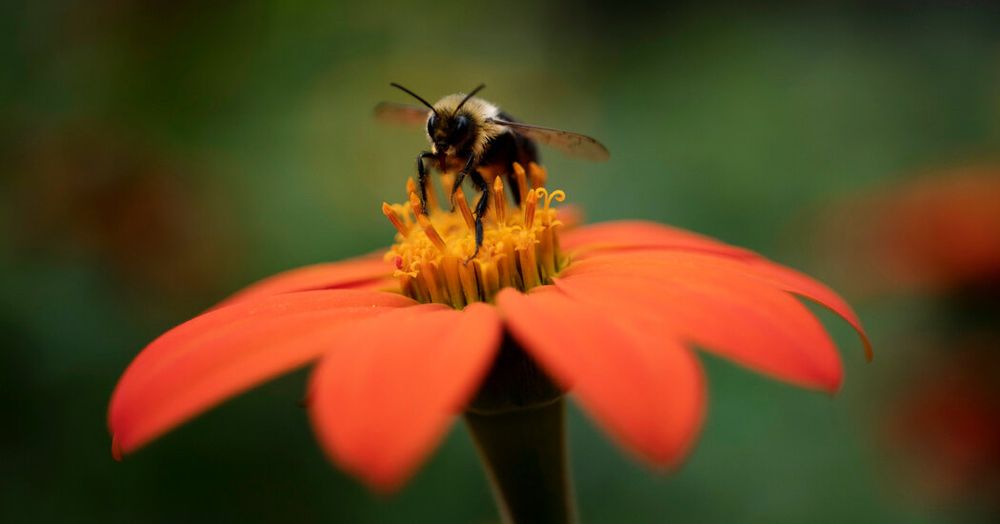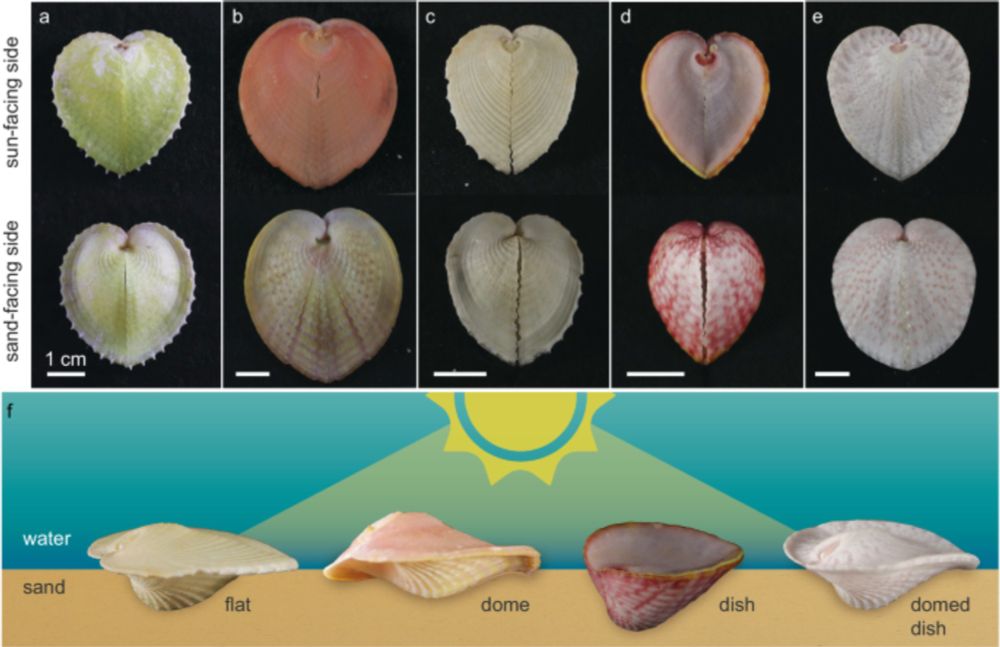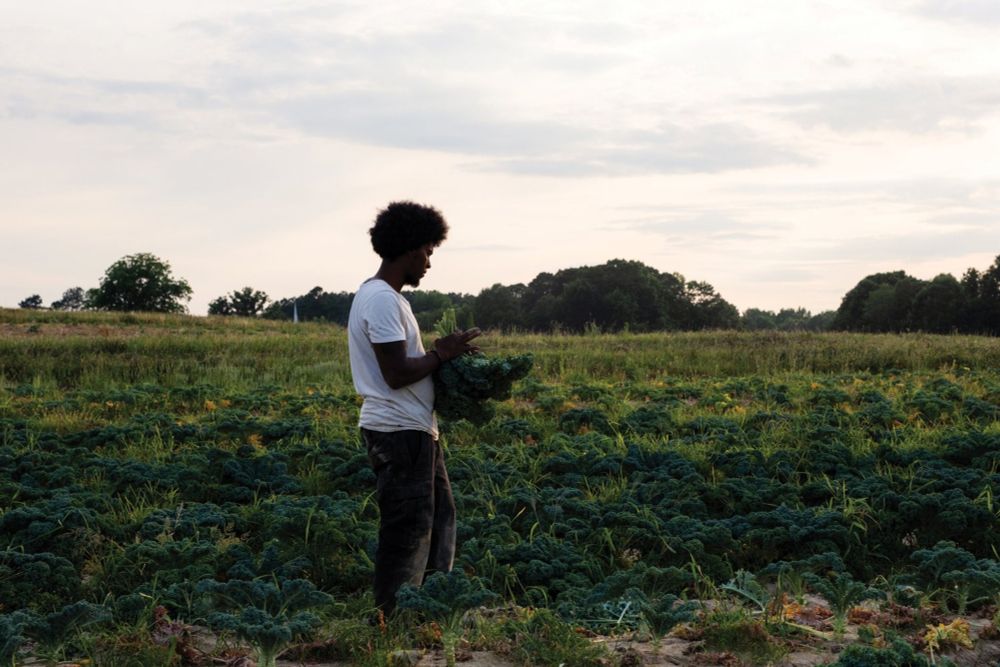
I have a newsletter! www.rebeccamcmackin.com/newsletter

An Ursula K. Le Guin gem www.themarginalian.org/2018/01/30/u...



The flower emits a stinky scent, attracting flies and beetles. If you look close, you can see pollen grains in the fly’s legs.

The flower emits a stinky scent, attracting flies and beetles. If you look close, you can see pollen grains in the fly’s legs.



Good news: butterflies are incredibly environmentally responsive. If they have the conditions they need to thrive, populations can bounce back quickly. Protect & cultivate native plants! 🌎🧪🌿🌱

Good news: butterflies are incredibly environmentally responsive. If they have the conditions they need to thrive, populations can bounce back quickly. Protect & cultivate native plants! 🌎🧪🌿🌱
Activists in KY bought land slated for a new prison, and will now fill it with native plants and use it as an intertribal gathering location.
🌱🌎🧪🌿

Activists in KY bought land slated for a new prison, and will now fill it with native plants and use it as an intertribal gathering location.
🌱🌎🧪🌿

doi.org/10.1016/j.sc...
doi.org/10.1016/j.sc...
The mechanism is that fertilizers encourages grasses, which outcompete insect pollinated flowers and reduce floral resources. 🌿🌱🧪🌎

The mechanism is that fertilizers encourages grasses, which outcompete insect pollinated flowers and reduce floral resources. 🌿🌱🧪🌎


🌎🌱🌿🧪

🌎🌱🌿🧪

@earthjustice.bsky.social & Xerces are calling on the EPA to fix this flaw🔗 xerces.org/press/pollin...

@earthjustice.bsky.social & Xerces are calling on the EPA to fix this flaw🔗 xerces.org/press/pollin...
As much as I’ve benefitted from Attenborough’s work over the years, he’s done a massive amount of harm by, not just ignoring, but actively erasing the people in the various ecosystems he shows to the world.
As much as I’ve benefitted from Attenborough’s work over the years, he’s done a massive amount of harm by, not just ignoring, but actively erasing the people in the various ecosystems he shows to the world.

Well now researchers have found that some moths HEAR those plant clicks and use them to decide where to lay eggs.
🪲🧪🌿🌎

Well now researchers have found that some moths HEAR those plant clicks and use them to decide where to lay eggs.
🪲🧪🌿🌎

🌎🪲🌿🧪

🌎🪲🌿🧪



